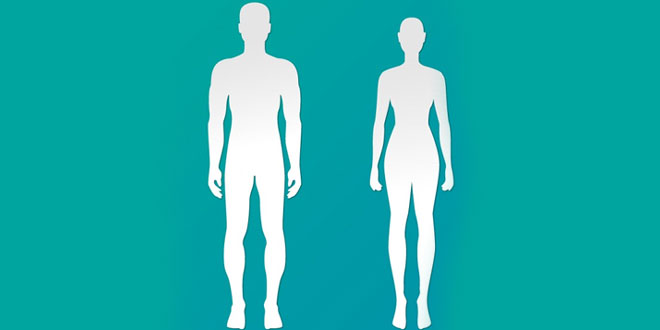Question: Why is reproduction important?
Answer: Reproduction is important for producing new individuals of the same kind.
Question: How is sexual reproduction different from asexual reproduction?
Answer: Sexual reproduction requires two parents, one male and one female, to reproduce. Whereas in Asexual reproduction only one parent is required to reproduce.
Question: What is metamorphosis?
Answer: It is transformation of the larva into an adult through drastic changes is called metamorphosis.
Question: What is menstruation?
Answer: If the ovum is not fertilized by a sperm, it is expelled from the uterus along with some uterine muscles and blood. This is known as menstruation.
Question: What is cell division?
Answer: After fertilization, the zygote travels down the oviduct and divides over and over again, to form a ball of cells. This is known as cell division.
Question: List the various stages in the life cycle of a mosquito.
Answer: The stages are:
- When the eggs hatch, a worm like Larva comes out of each egg.
- In about two weeks, it changes into an encased form called pupa which has the shape of a comma (,).
- The pupa changes into mosquito inside the case, and in about a week the mosquito wriggles out of the case.
Question: Differentiate between external and internal fertilization, giving two examples of each.
Answer: External fertilization: Sea animals, such as starfish and jellyfish, gather in large groups in water. They lay their eggs and sperms together on the surface of the water. The sperm fuse with the eggs on the water to form zygotes. The zygotes develop into new individuals in the water. This type of fertilization is known as external fertilization as it occurs outside the animal’s body.
During spring and the rainy season, frogs and toads move to ponds and slow-moving streams. The male and female clasp each other in water. The female lays hundreds of eggs. The eggs are delicate and do not have a shell. A layer of jelly-like substance holds them together and provides protection to them. The male ejects sperms directly on the cluster of the floating eggs. The sperms swim in water with the help of their long tail, and fertilize the eggs.
Internal fertilization: In birds, reptiles and mammals, including humans, fertilization occurs inside the female’s body. This is known as internal fertilization. In earthworms also, fertilization is internal. An earthworm, though a hermaphrodite, does not fertilize itself. Two earthworms come in contact with each other and exchange sperms. The eggs are fertilized internally with the sperms received from the partner.
 Class Notes NCERT Solutions for CBSE Students
Class Notes NCERT Solutions for CBSE Students



Very nice website!
Best website for NCERT Notes.